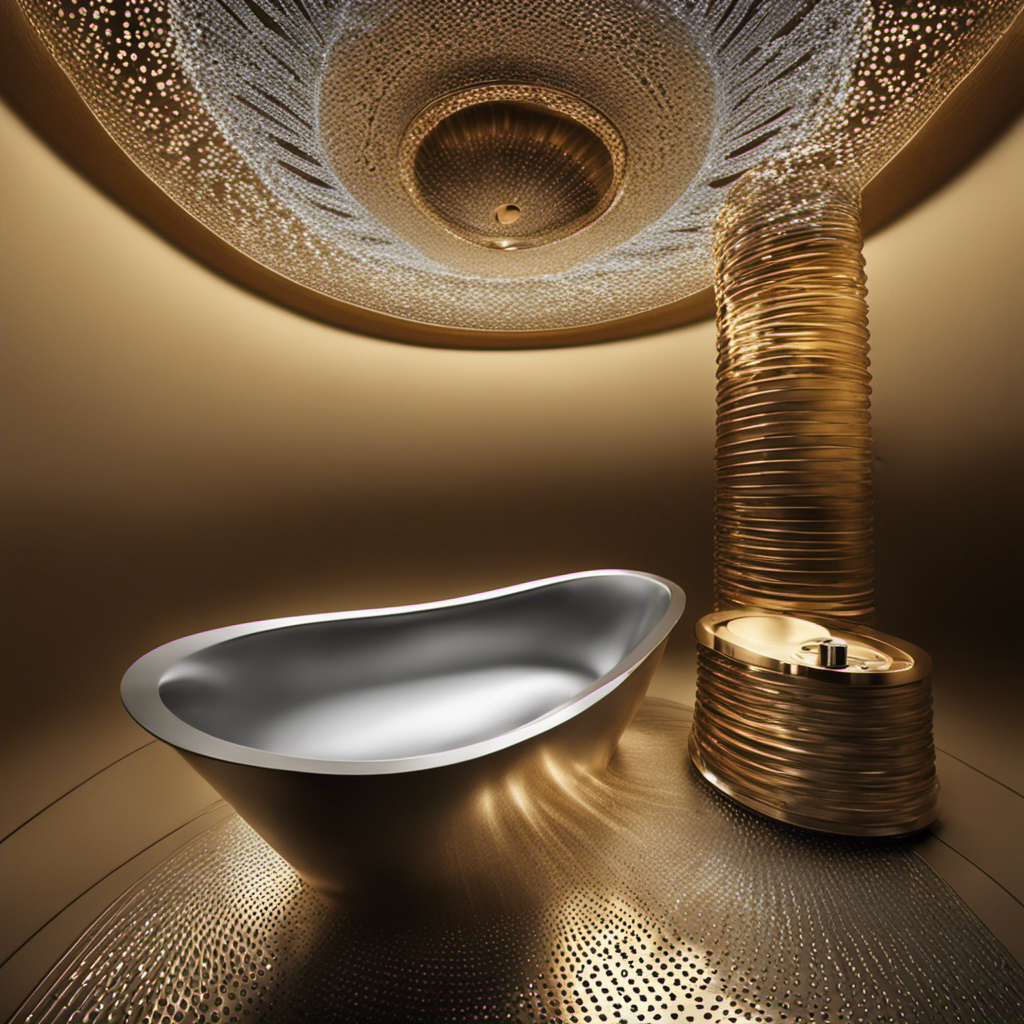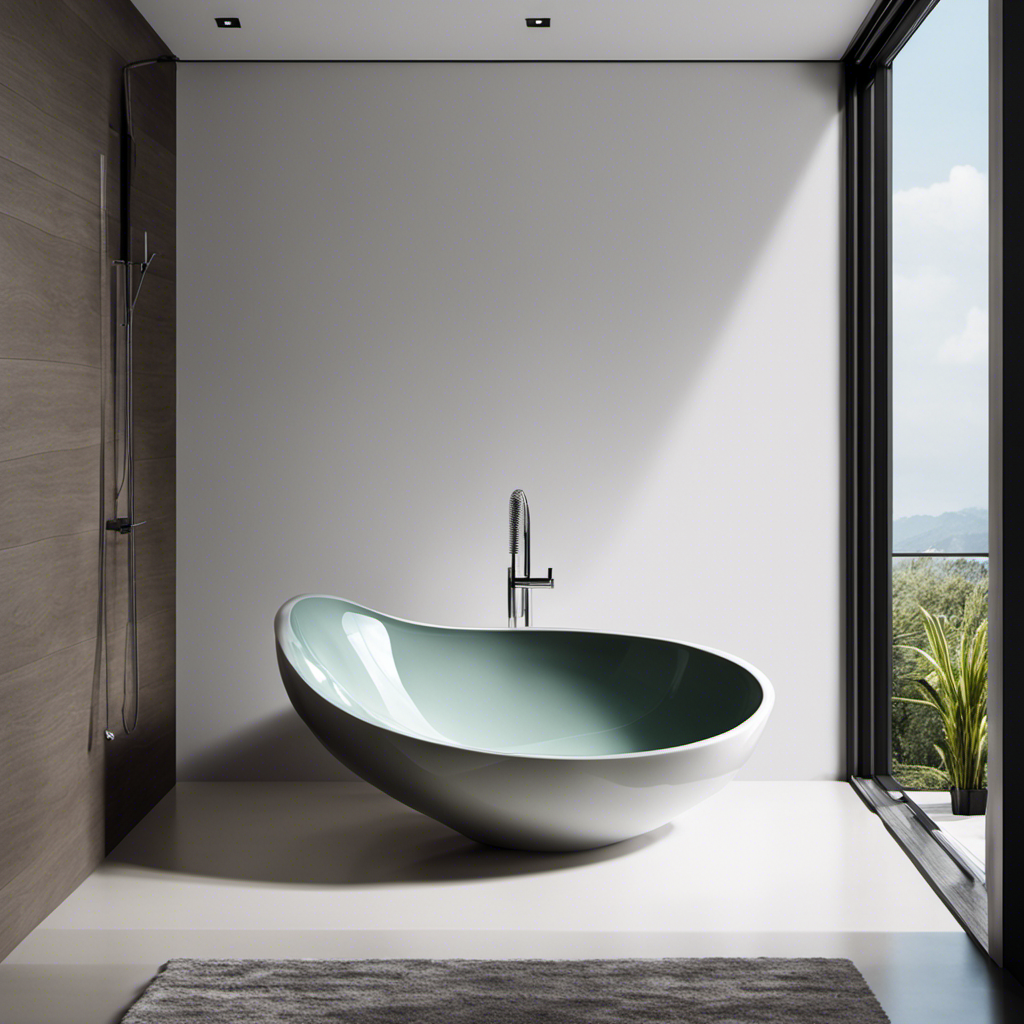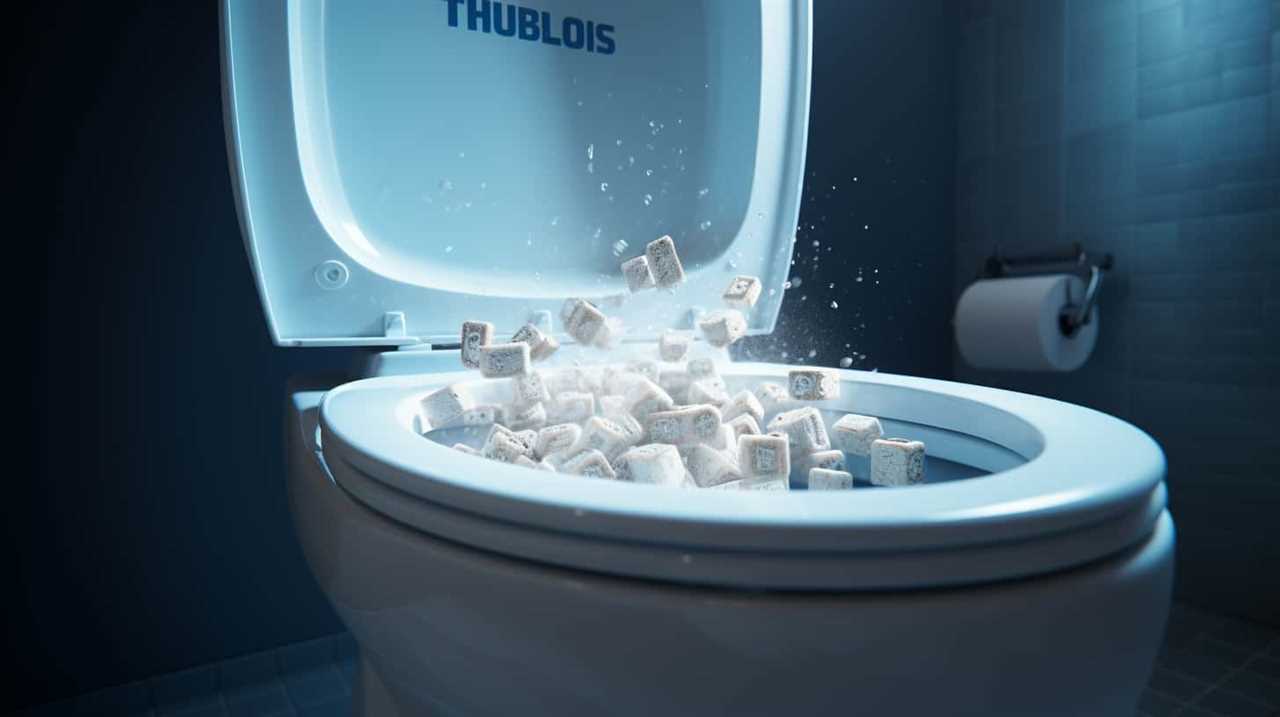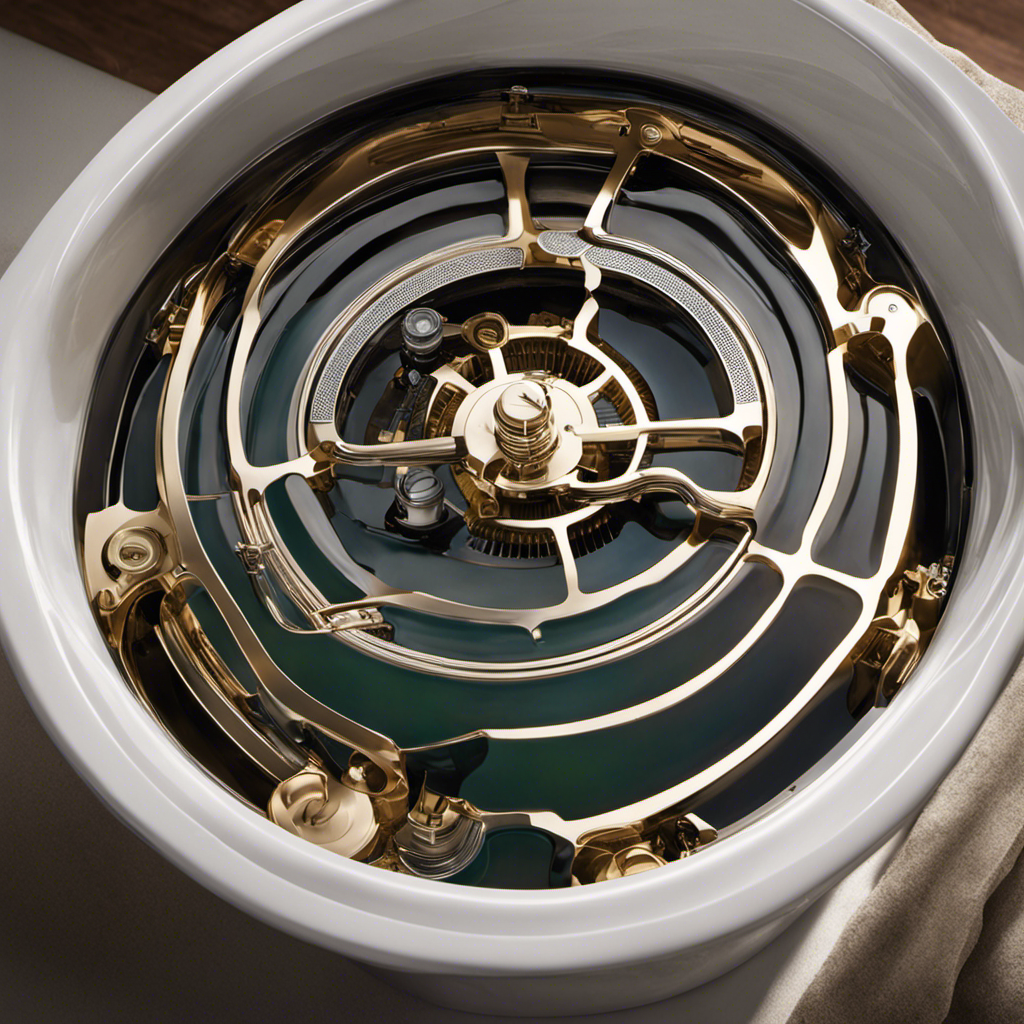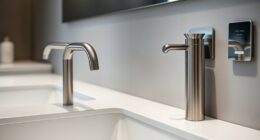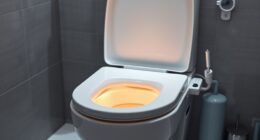I’ll never forget the first time I looked down into my bathtub drain. It was a moment of curiosity mixed with a touch of disgust.
But as a homeowner, it’s important to know what lies beneath the surface. Understanding the anatomy of a bathtub drain can help you troubleshoot common problems and perform necessary maintenance.
In this article, I’ll guide you through the different types of drains, common issues you may encounter, and even provide tips for upgrading your drain.
So let’s dive in and explore what a bathtub drain really looks like.
Key Takeaways
- There are different types of bathtub drains, including trip lever, lift and turn, and push-pull drains.
- The stopper mechanism controls the flow of water in the drain and can be operated by a lever or twist mechanism.
- Common problems with bathtub drains include clogs, faulty drain stoppers, and improper installation.
- Maintaining a bathtub drain involves using drain screens, avoiding accumulation of hair and debris, and choosing appropriate cleaning products.
Types of Bathtub Drains
If you’re wondering about the types of bathtub drains, there are a few different options to choose from. The most common type is the trip lever drain, which has a lever on the overflow plate that controls the drain stopper. This type is easy to operate and maintain.
Another option is the lift and turn drain, which requires you to lift and twist the stopper to open and close the drain. This type is often found in older homes.
Lastly, there is the push-pull drain, which is operated by pushing or pulling the stopper to open and close the drain. This type is commonly used in newer bathtub designs.
When it comes to bathtub drain installation or repair, it’s important to understand the different types available. Understanding these different types of bathtub drains will help you choose the right one for your installation or repair needs.
Anatomy of a Bathtub Drain
The anatomy of a bathtub drain includes a stopper mechanism that allows water to flow or be blocked. The stopper is usually operated by a lever or a twist mechanism. When the stopper is in the open position, water can freely flow down the drain and out of the bathtub.
However, when the stopper is closed, it creates a seal that prevents water from draining out. This is useful when you want to fill up the bathtub. The stopper mechanism can sometimes become faulty, leading to issues with the bathtub drain.
Common problems include the stopper not opening or closing properly, water draining slowly, or water not draining at all. These issues can often be resolved by repairing or replacing the stopper mechanism. Troubleshooting bathtub drain issues involves identifying the cause of the problem and taking appropriate steps to fix it.
Common Problems With Bathtub Drains
One common problem with bathtub drains is water draining slowly or not draining at all. This can be caused by various issues that may require troubleshooting. Here are some common problems with bathtub drains:
-
Clogged drain: Over time, hair, soap scum, and other debris can accumulate in the drain, causing a blockage. This can be resolved by removing the blockage or using a drain cleaner.
-
Faulty drain stopper: If the drain stopper is not functioning properly, it can prevent water from draining properly. Adjusting or replacing the stopper may solve the issue.
-
Improper bathtub drain installation: If the drain was not installed correctly, it can lead to drainage problems. In such cases, professional assistance may be required to reinstall the drain properly.
Understanding these common problems can help in troubleshooting bathtub drain problems effectively. However, if the issue persists, it may be necessary to remove the bathtub drain altogether to identify and fix the underlying cause.
How to Remove a Bathtub Drain
Removing a bathtub drain can be done by using a drain removal tool. To begin, locate the screws or screws on the drain cover and unscrew them using a screwdriver. Once the screws are removed, place the drain removal tool into the drain and turn it counterclockwise to loosen the drain. Keep turning until the drain is completely removed from the bathtub. If the drain is stuck, try using a pair of pliers to grip it and give it a gentle twist. Once the drain is removed, you can proceed with bathtub drain installation or repair as needed.
Now that we’ve covered how to remove a bathtub drain, let’s move on to some tips for maintaining a bathtub drain.
Tips for Maintaining a Bathtub Drain
I’ve found that regular maintenance is crucial for keeping a bathtub drain clear and clog-free.
There are several effective techniques for preventing clogs. One is using drain screens to catch hair and debris before they enter the drain. It’s also important to avoid the accumulation of hair and debris in the bathtub, as this can lead to clogs.
Using the right cleaning products and methods can help dissolve any buildup and keep the drain flowing smoothly. There are many commercial drain cleaners available, but it’s important to choose one that is safe for your specific type of plumbing.
Lastly, for more complex or persistent clogs, it may be necessary to enlist the help of a professional drain maintenance service. They have the tools and expertise to thoroughly clear the clog and ensure a long-lasting solution.
Overall, by taking these preventive measures and addressing clogs promptly, you can keep your bathtub drain clear and avoid the inconvenience and expense of more serious plumbing issues.
Clog Prevention Techniques
To prevent clogs in your bathtub drain, make sure to regularly clean out any hair or debris. Here are some techniques you can use to keep your drain clear:
-
Proper bathtub drain usage:
-
Use a drain strainer to catch hair and other debris before it goes down the drain.
-
Avoid pouring grease or oil down the drain, as they can harden and cause clogs.
-
Natural remedies for preventing bathtub drain clogs:
-
Pour boiling water down the drain once a week to dissolve any buildup.
-
Create a mixture of baking soda and vinegar and pour it down the drain, followed by hot water, to break up any clogs.
Cleaning Products and Methods
Make sure you regularly clean out your drain using cleaning products and methods to keep it free from clogs. There are various cleaning techniques and natural remedies that can help maintain the cleanliness of your drain.
One effective cleaning method is using a drain snake, which is a long, flexible tool that can reach deep into the pipes to remove any debris or hair that may be causing a clog.
Additionally, you can use baking soda and vinegar to create a natural cleaning solution. Simply pour a cup of baking soda down the drain, followed by a cup of vinegar. Let it sit for about 15 minutes, then flush it out with hot water. This combination helps break down any buildup and eliminates odors.
Regularly employing these cleaning techniques and natural remedies will ensure that your drain remains clear and clog-free.
Professional Drain Maintenance
For professional drain maintenance, it’s important to schedule regular inspections and cleanings to prevent any potential clogs or blockages. By investing in drain repair services and regular cleaning, you can ensure the smooth operation of your drains and avoid costly repairs in the future.
Here are two key reasons why regular drain cleaning is essential:
-
Prevents buildup: Over time, debris such as hair, soap scum, and grease can accumulate in your drains, leading to clogs and blockages. Regular cleaning removes this buildup, allowing water to flow freely.
-
Maintains optimal functionality: Regular inspections can identify early signs of damage or wear and tear in your drains. By addressing these issues promptly, you can prevent major problems and extend the lifespan of your drainage system.
In the subsequent section about ‘upgrading your bathtub drain: what to consider,’ we will explore the factors to keep in mind when replacing your bathtub drain.
Upgrading Your Bathtub Drain: What to Consider
Have you thought about the factors to consider when upgrading your bathtub drain?
When it comes to drain replacement, choosing the right drain cover is crucial. There are several factors to consider when selecting a new drain cover for your bathtub.
First, you need to determine the size and shape of your drain opening to ensure a proper fit.
Next, consider the material of the drain cover. Stainless steel is a popular choice due to its durability and resistance to rust.
Additionally, think about the design and style of the drain cover. You want to choose a cover that complements the overall aesthetic of your bathroom.
Lastly, consider the functionality of the drain cover. Look for features such as easy cleaning and hair-catching capabilities.
Conclusion
After learning about the different types of bathtub drains and their anatomy, it’s clear that maintaining and upgrading your bathtub drain is crucial for a hassle-free bathing experience.
Just like a well-oiled machine, a properly functioning bathtub drain ensures that water flows smoothly down the drain, preventing any clogs or backups.
So, remember to regularly clean and inspect your drain to avoid any potential problems.
Treat your bathtub drain like the heart of your bathroom, keeping everything flowing smoothly just like blood through veins.
